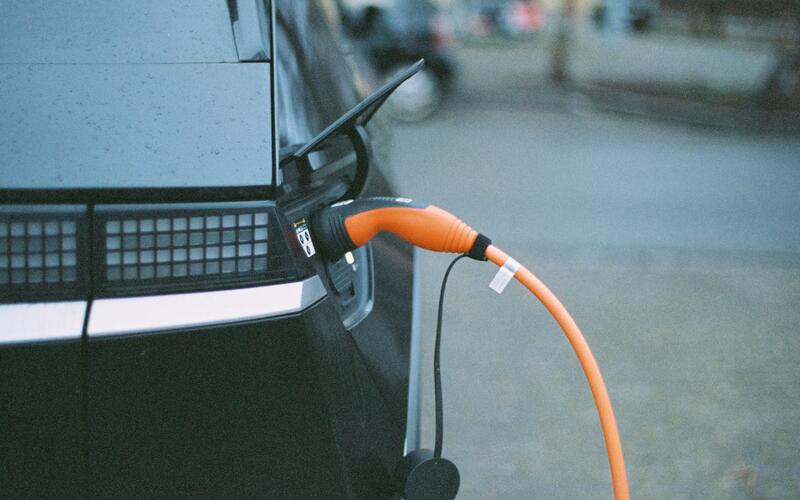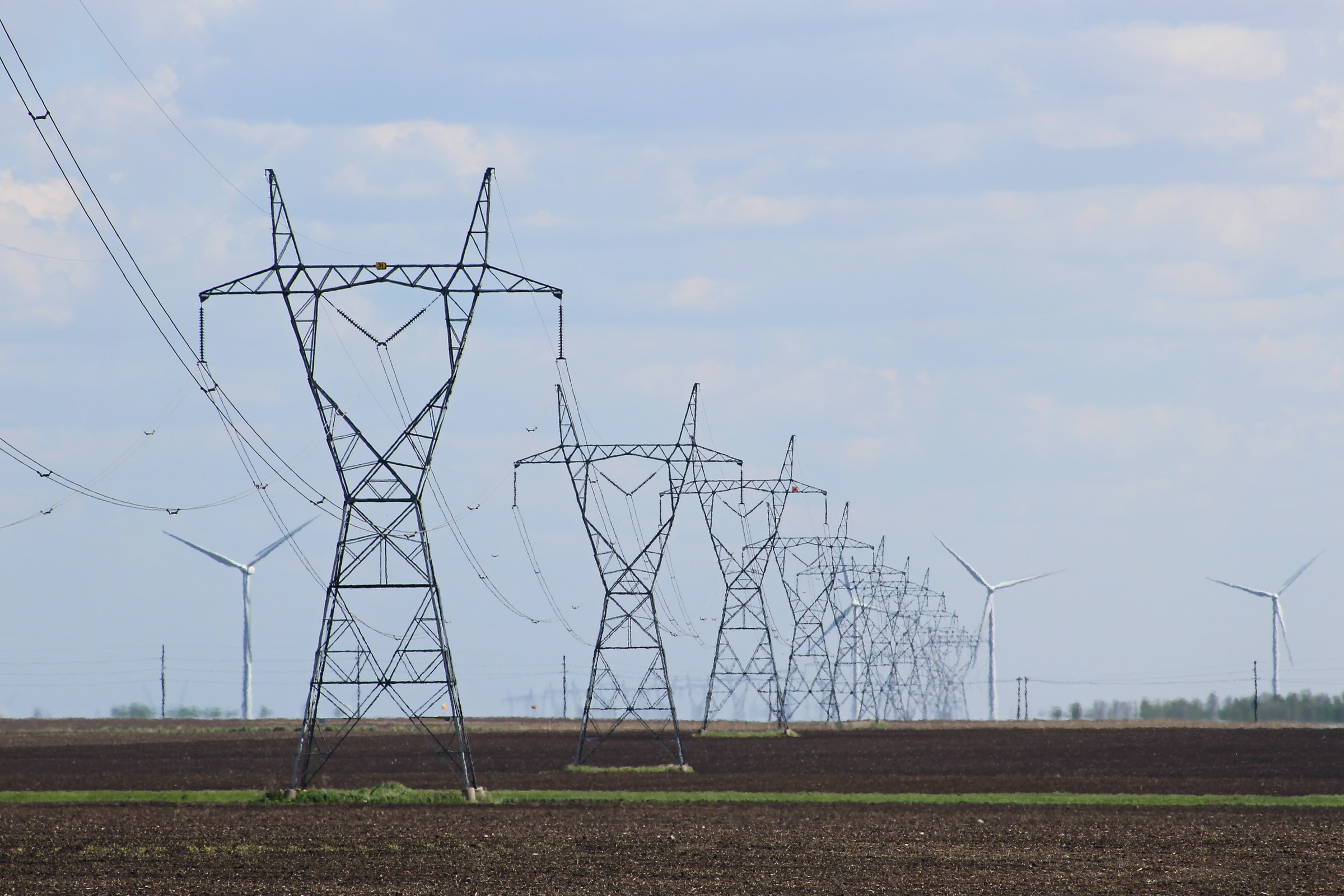Future electric vehicle batteries can reduce waste and increase business in Norway

Future electric vehicle batteries can reduce waste and increase business in Norway
Storage capacity is a major obstacle in the world’s shift to low-carbon energy. Norway’s reuse of car batteries may help us understand how to make this switch, both reducing environmental impacts and creating business opportunities.
Thorne R, Aguilar Lopez, F, Figenbaum, E, Fridstrøm, L, Müller, DB. Estimating stocks and flows of electric passenger vehicle batteries in the Norwegian fleet from 2011 to 2030. J Ind Ecol. 2021; 25: 1529-1542. https://doi.org/10.1111/jiec.13186.
Over the last decade, electric vehicles have quickly gained popularity as a way for consumers to be eco-friendly and help propel society towards a global clean energy transition. Norway is a prime example of a country committed to this transition. By 2025, all new passenger vehicles in Norway must have zero emissions. In 2021, battery electric vehicle (BEV) sales captured 72 percent of the new car market. This means that once these cars are disposed of, there will be an influx of car batteries that Norway can redirect towards secondary uses instead of turning them into waste. Sales of BEVs increased 3000 percent from 2011 to 2019. Norway will soon have a plethora of fully working car batteries that can reduce the environmental impact of the auto industry and stimulate the economy through a new sector: battery recycling.
In an article recently published in the Journal of Industrial Ecology, researchers from the Institute of Transport Economics study opportunities to reuse electric vehicle batteries in Norway. The authors created a model that could forecast the future of Norway’s BEV fleets and batteries. The model accounts for the Norwegian market, historical BEV data, and battery development projections. The model allowed them to estimate the available storage capacity of the future batteries. They found that Norway’s BEV market will continue to grow and that there will be many batteries available, even after the cars are no longer in use. These batteries may be used for stationary storage, home battery energy systems, or vehicle-to-grid technology. The study projected that in 2030, the retired vehicle batteries will have a total capacity of 2.1 Gigawatt-hours (GWh). For context, one Gigawatt is enough energy to power about 750,000 homes, and one GWh represents this amount of energy produced in an hour. Norway will have a very large number of batteries with storage capacity – for energy captured from renewables – that will go to waste. The authors argue that Norwegian industries should seize this opportunity to establish businesses for battery reuse.
The soon-to-be discarded batteries in Norway hold promise in the form of both environmental and economic benefits. Battery technology is quickly developing, and Norway has one of the highest BEV market shares worldwide. This local context creates a niche in the Norwegian market for BEV batteries. The batteries can find a second life through recycling for material recovery, vehicle-to-grid storage, or reuse of batteries in large-scale or home stationary energy storage. These options reduce material impact, save energy and resources from additional manufacturing or breakdown, and produce a fruitful opportunity for entrepreneurs in Norway’s economy. And yet, Norway is not the only country where this sort of cross-cutting innovation is possible. This research offers hope – for environmentalists and entrepreneurs alike – that many countries can bolster their economy or reduce waste through BEV battery reuse.




